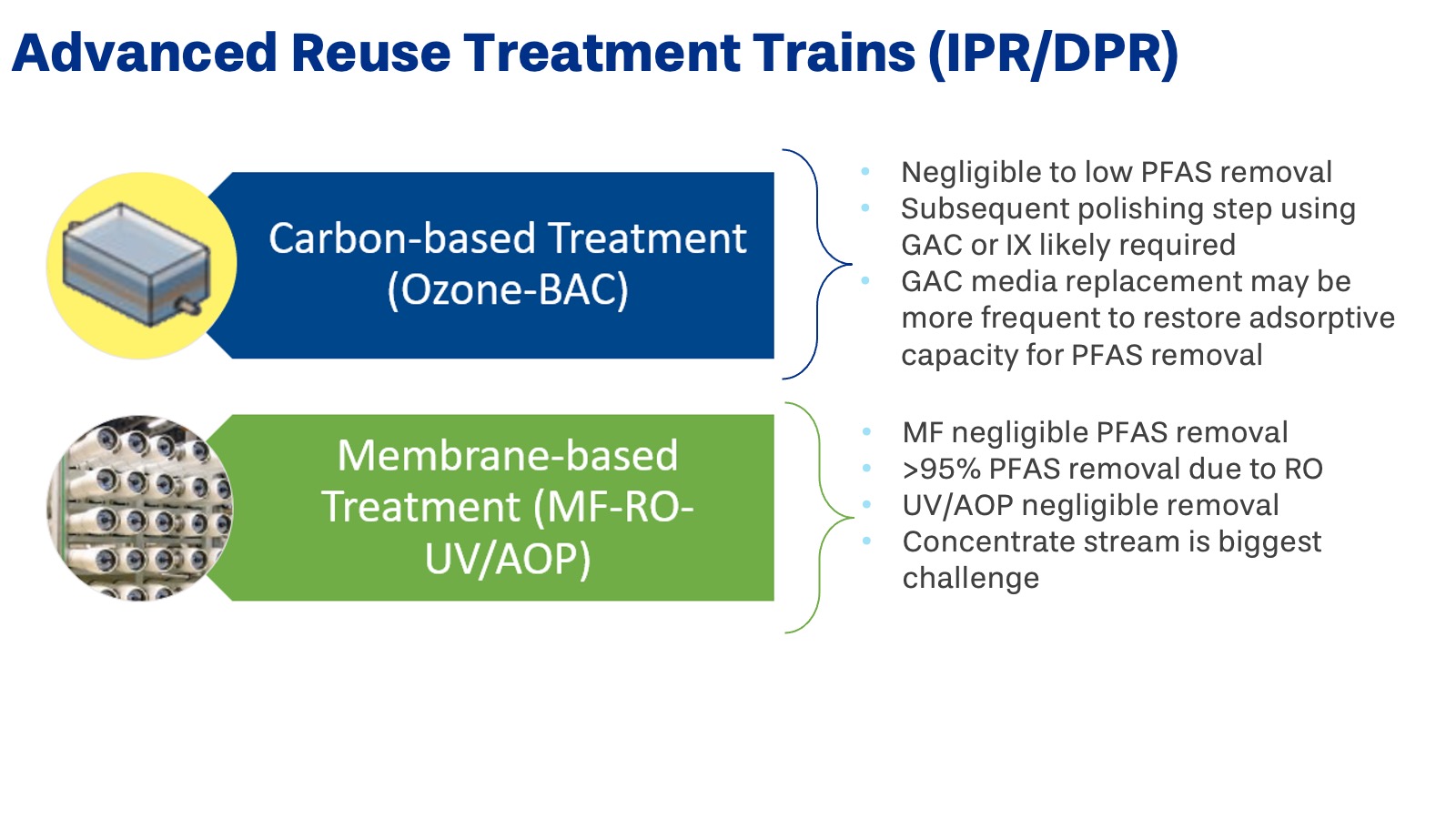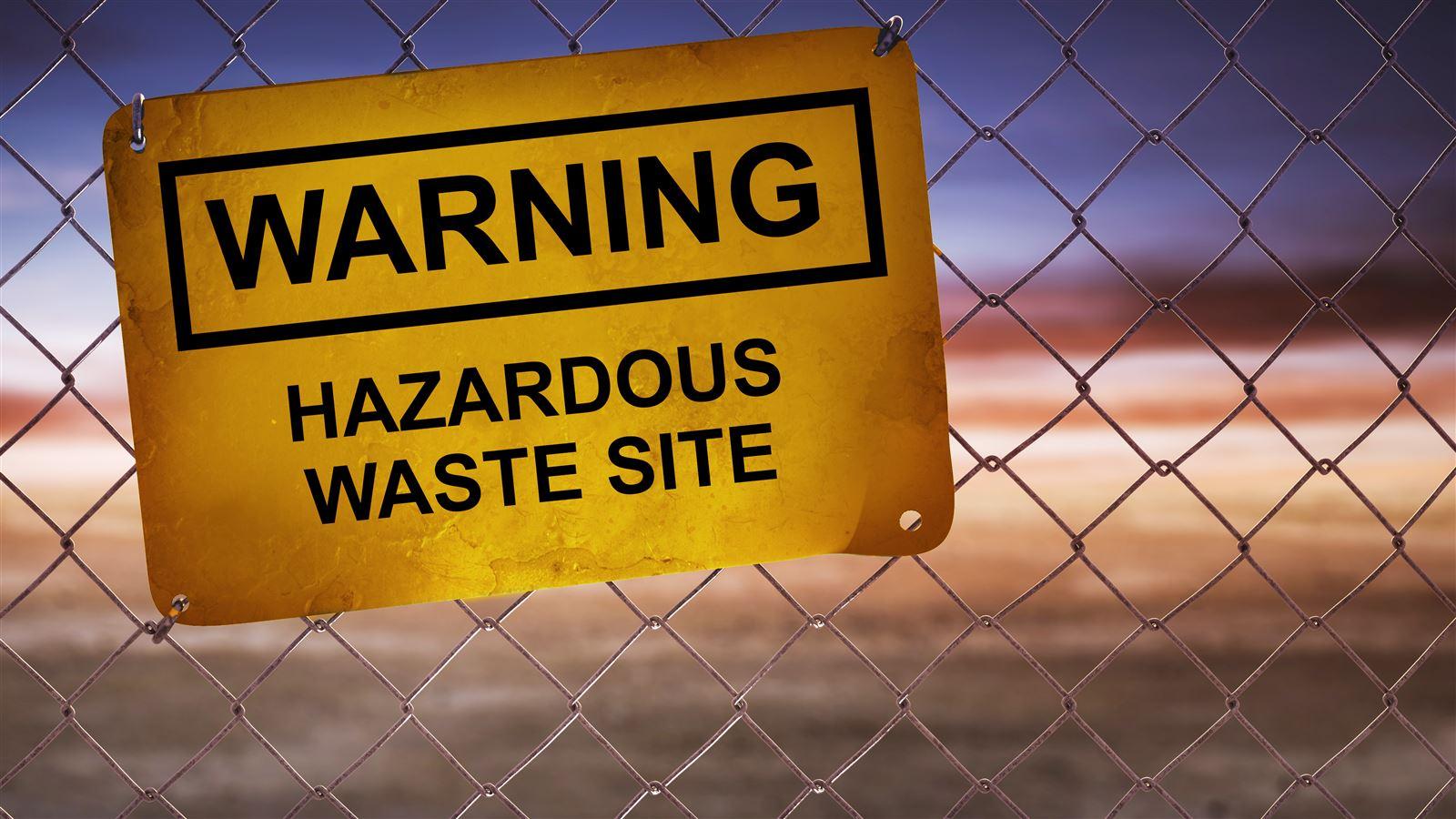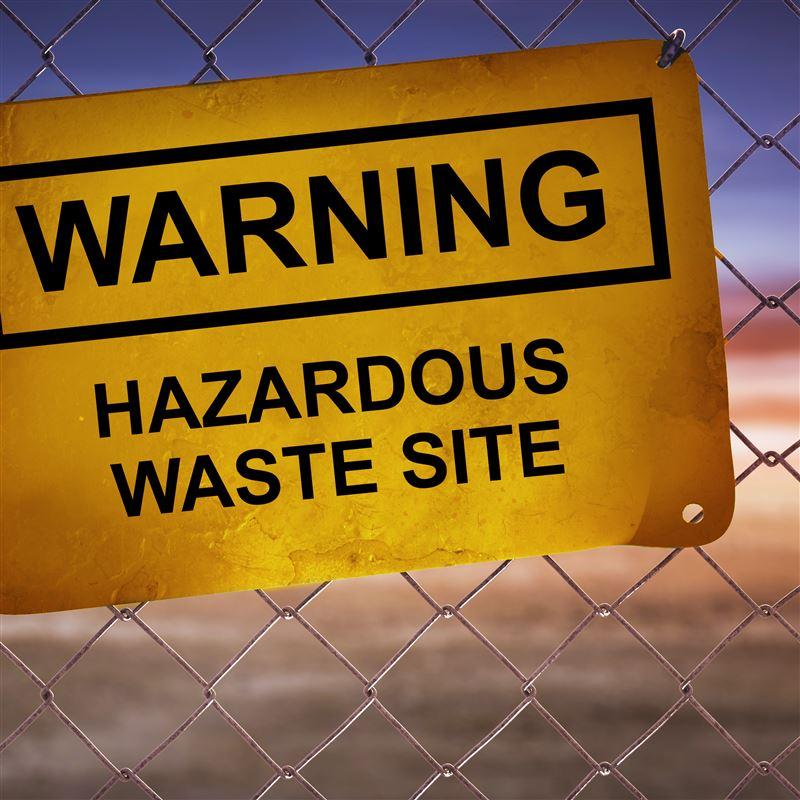Tackling PFAS Treatment for Drinking Water and Reuse
At "Breaking Down PFAS in Colorado, " Tim Rynders and Jill Vandegrift, two veteran engineers in the fields of drinking water and water reuse, offered valuable insights for water treatment plants across the globe. Tim is the treatment process and piloting discipline leader at CDM Smith and Jill is a seasoned water engineer and recipient of the Young Professional of the Year from WateReuse.
Below is a summary of their presentation from September 2022. Download the full recording.
PFAS Regulatory Environment
The U.S. government and many individual states have already put in place PFAS regulations and guidance, but these regulations are changing rapidly.
2009: First health advisory. Scientist began looking at how prevalent PFAS was in the environment.2016: Unprecedented drop in health advisories.
2022: New health advisory levels fall to essentially 0 ppt.
CDM Smith has developed a PFAS regulation map to help users keep track of these frequently changing regulations.
Key Takeaways
PFAS in Potable Reuse
If you have PFAS in your watershed it will have an implication on reuse, and to what degree will be dependent on future regulations.
In potable reuse the challenge may be amplified due to the direct coupling of the water reclamation facility with an advanced (potable) water treatment facility. However, that may mean that there is more flexibility with where the PFAS removal treatment can be placed, whether that is controlling for PFAS at the water reclamation facility itself or at the advanced treatment facility.
Typically in potable reuse, the responsibility is on the water supplier; therefore they are in tight collaboration with the water reclamation facility, and there may be more flexibility on where treatment technologies can be implemented as a result.



Doing a good job is great. Doing a good job helping someone in need is entirely better.


